Ancient Greek Coins – Tetradrachm Celebrates Naval Victory by Doson
Tetradrachm Celebrates Naval Victory by Doson
Antigonus III Doson was the king of Macedon from 229 to 221 BCE, 94 years after the death of Alexander the Great. His predecessor, Demetrius II, died in battle when his heir, Philip V, was only nine years old. Because of the volatile political situation, the Macedonian army couldn’t wait for Philip V to mature enough to assume command, so they appointed Doson regent of the kingdom, and he ruled until his death in 221 BCE.
Antigonus III was a very successful leader, a master of tactical diplomacy and military strategy, fortifying the borders of Macedon and forming important alliances. His rule marked a golden age for the Kingdom of Macedon. He was called “Doson”, which means “the man who will give”, referring to his dedication to the kingdom in its time of need.
This very large tetradrachm celebrates the significant naval victory led by Doson over Ptolemy III Euergete’s fleet and his Carian allies in 227 BCE near the island Andros in the Aegean Sea.

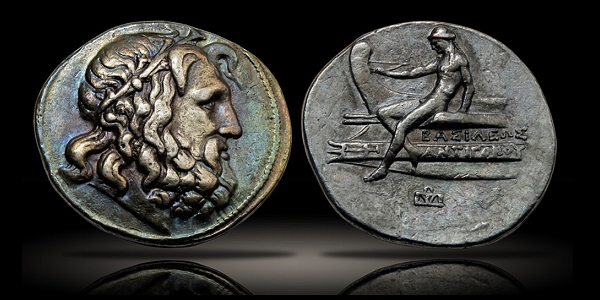

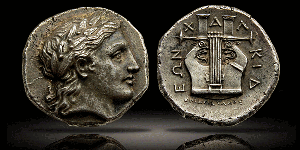 Fearful of Athens and the growing power of the Macedonian Kingdom, Olynthus and the other free cities of the Chalcidice banded together in 432 BCE, forming the Chalcadian League as a defensive coalition. Athens failed to break up this union due to its focus on the Peloponnesian War and its general disinterest in the region, helping solidify the strength of the League.
Fearful of Athens and the growing power of the Macedonian Kingdom, Olynthus and the other free cities of the Chalcidice banded together in 432 BCE, forming the Chalcadian League as a defensive coalition. Athens failed to break up this union due to its focus on the Peloponnesian War and its general disinterest in the region, helping solidify the strength of the League.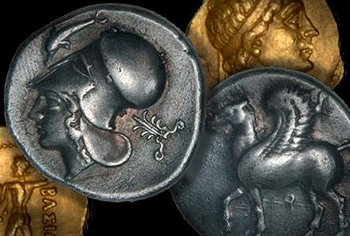
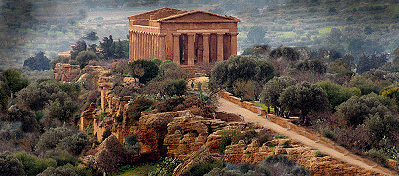
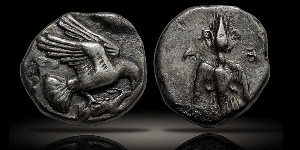 The Colosseo Collection ……
The Colosseo Collection ……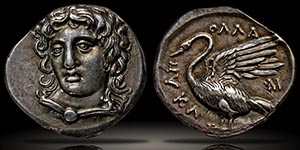 Undoubtedly the finest specimen known of this wonderful issue bearing one of the finest front facing portraits on Greek coins. Of extraordinary late Classical style and with a delightful old cabinet tone.
Undoubtedly the finest specimen known of this wonderful issue bearing one of the finest front facing portraits on Greek coins. Of extraordinary late Classical style and with a delightful old cabinet tone.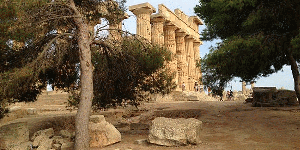 The history of Kamarina, a port city on the southern coast of Sicily, is among the most tumultuous of Ancient Greece. It was founded in 599 BCE by settlers from Syracuse and its location allowed it to grow quickly and amass substantial wealth through trade.
The history of Kamarina, a port city on the southern coast of Sicily, is among the most tumultuous of Ancient Greece. It was founded in 599 BCE by settlers from Syracuse and its location allowed it to grow quickly and amass substantial wealth through trade.
